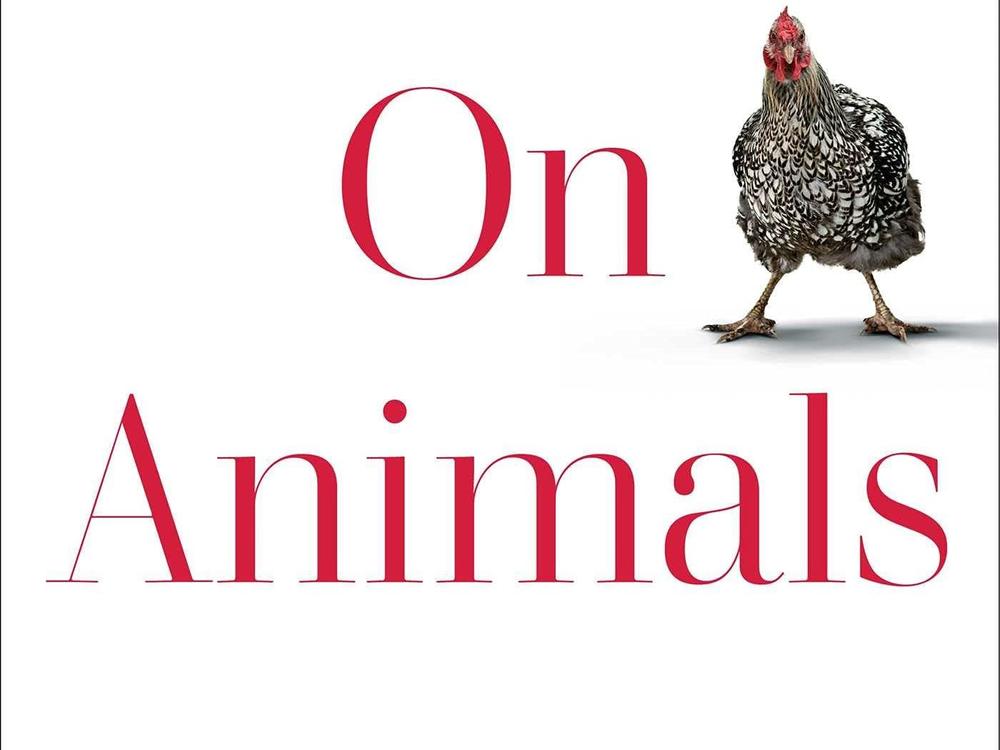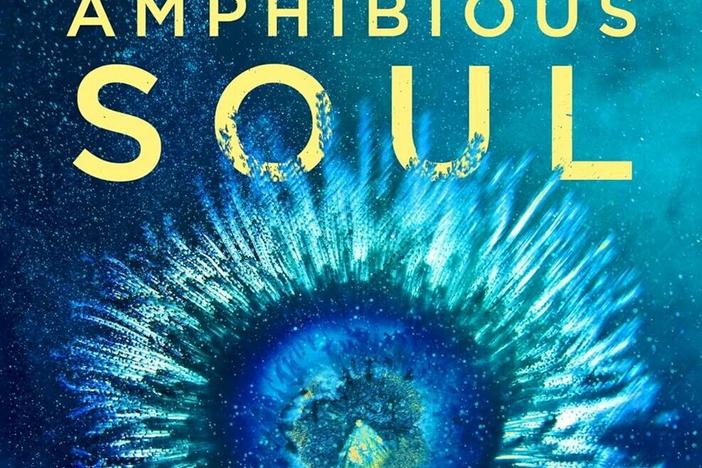Section Branding
Header Content
Susan Orlean writes about her fascination with all kinds of creatures in 'On Animals'
Primary Content
A more accurate title for Susan Orlean's collection of essays On Animals might be On Animals Used Or Exploited by Humans.
Orlean, the celebrated author of The Orchard Thief, Rin Tin Tin: The Life and the Legend, and The Library Book, experiences emotions of love and wonder around animals, and writes movingly about her fascination with all kinds of creatures ranging from chickens and turkeys to donkeys.
Yet many of the 16 pieces that make up this book — all except the introduction previously published in magazines — tell stories of animals who are used for human purposes. Too often the animals pay a price for that association with us.
The first hint of this duality — that people may love animals while also using them in ways that harm them — comes in the initial pages. Orlean declares, "I'm curious about animals. They amuse me. They keep me company. They're nice to look at. Some of them provide me with breakfast food." Maybe she means eggs here; later she writes that she eats chicken "all the time." At Thanksgiving, she eats turkey. Not her own turkeys, to be sure; they are "a delight." But other turkeys? No problem.
Orlean didn't set out to write an animal-rights treatise and it's not a critic's job to foist her own sensibilities on to an author. It is appropriate, though, to point out that Orlean's way of being "animalish" does not always go hand in hand with a heightened sensitivity to animals' life experiences.
Consider Orlean's essay on the donkeys of Fez in Morocco, who are used as laborers to carry heavy items, everything from sacks of cement to furniture in what often amounts to a "staggering load." The first sentence shows off Orlean's talent at setting the scene and pulling us in: "The donkey I'll never forget was coming around a corner in the walled city of Fez, Morocco, with six color televisions strapped on his back." Orlean visits a veterinary clinic where the vet in charge had aided local donkey welfare by pushing owners to stop rubbing salt in the animals' eyes or placing cactus thorns in their harness sores as work incentives.
Orlean does see that the donkeys often suffer. She is enthralled, though, with the donkey market. "Besides donkeys, they sell every single food product and toiletry and household item and farm implement you could ever imagine," she writes, in a sentence that mirrors the local practice of lumping donkeys with inert tools. One dealer told her that he sells 50 donkeys a week. Orlean watched as he dealt with a woman who traded an elderly donkey for a younger one, and as he tied a hobble on the old animal.
Of the use of donkeys for hard labor, she declares, "In Fez, it has always been thus, and so it will always be."
Mules in the military is the subject of another essay. On a battlefield in Afghanistan, a mule "will carry as much as three hundred pounds, seven hours a day, twenty days straight, without complaint, strolling along under the huge, heavy cargo as if it were a bag of balloons," Orlean writes. Whether a mule feels 300 pounds as a bag of balloons I have no idea, but I do know this is no way to treat an animal.
Sometimes, Orlean's topics are more lighthearted, though all in some way involving human entertainment as with show dogs, taxidermy enthusiasts, or the lion who showed up at her Manhattan apartment decades ago as a Valentine's Day surprise arranged by her boyfriend. "The lion's owner and three off-duty police officers stood behind the lion, holding his leash.... The lion ate two raw chickens that we served to him in a salad bowl and then he allowed me to stroke his back," she writes. Of course, it's not really lighthearted when exotic wildlife is privately owned and trotted around to people's city apartments. Had the lion become startled and lashed out at Orlean in that moment, his life might well have been at risk.
In a 2003 essay about animal actors, Orlean says that animals "used to have a rotten time in Hollywood." Despite the increased industry protection Orlean writes about, the use of live animals in the film and TV industry still continues, and harmfully.
Most of the 16 essays were published during that 2000-2009 decade. No updates or suggested further readings are offered. In a essay called "Where's Willy?," Orlean writes about her trip to Iceland to report on the life the killer whale Keiko, star of the film Free Willy. Thanks to public outcry after Keiko achieved stardom, he had been moved from "his crummy little pool" at a Mexican aquarium and eventually arrived to Iceland, where first he swam in large pen and then in open waters with other whales.
Orlean offers a vision of Keiko the adventurer: "He swam to Norway, where he panhandled from picnicking families and romped in Skaalvik Fjord. " Orlean explains well the twists and turns in Keiko's life, but the piece was written in 2002; Keiko died of pneumonia in Norway the very next year. I'd suggest a brief afterword might have been useful to readers.
At her best, Orlean is thorough in her research. She describes a woman named Joan Byron-Marasek who lived in the New Jersey pinelands and hoarded tigers. Byron-Marasek fought to keep the tigers she considered hers but finally in 2001 she was "denied, once and for all, the right to keep tigers in New Jersey."
But Orlean is smart not to stop there; she broadens out to convey the big picture. "Typically, people who have disputes with the authorities about their animal collections move from one jurisdiction to another as they run into legal difficulties," she writes. "If they do eventually lose their animals, they almost always resurface somewhere else with new ones. According to researchers, recidivism among hoarders is close to 100 percent."
The most recent essay other than the introduction, from 2020, takes up outbreaks of hemorrhagic disease among rabbits, a timely issue. Orlean effectively explores the conundrum surrounding the fact that some rabbits die during the vaccine production process that protects other domestic rabbits — and wild rabbits remain unprotected altogether.
Orlean's descriptions of the animals on the Hudson Valley farm where she once lived may evoke a warm feeling: "I never expected to have any feelings about turkeys, but I love them. They follow me around like puppies... Sometimes they show up outside my office and tap on the windows until I look up at them, and then they wait there, with endless patience, until I come outside and greet them."
But then again, that image of Orlean's turkey dinner — acquired at the expense of someone else's turkeys who presumably are just as lovable — may stay with us. So may the image of the burdened Fez donkeys, and the other animals portrayed who deserve us to stand up for them.
Barbara J. King is a biological anthropologist emerita at William & Mary. Her seventh book, Animals' Best Friends: Putting Compassion to Work for Animals in Captivity and in the Wild, was published in March. Find her on Twitter @bjkingape
Copyright 2021 NPR. To see more, visit https://www.npr.org.
Bottom Content




